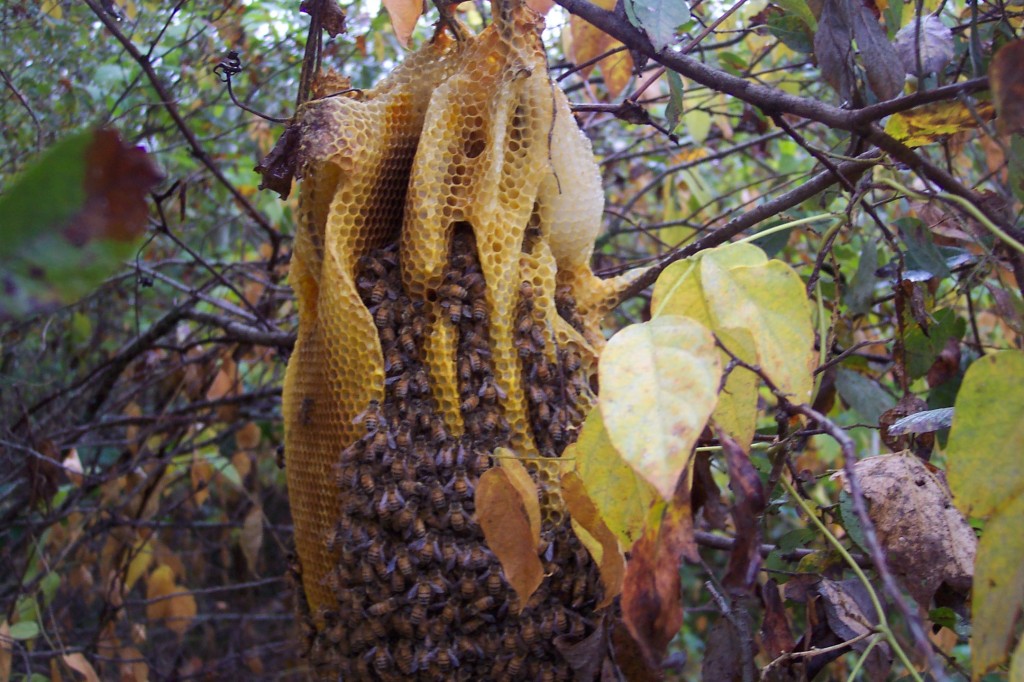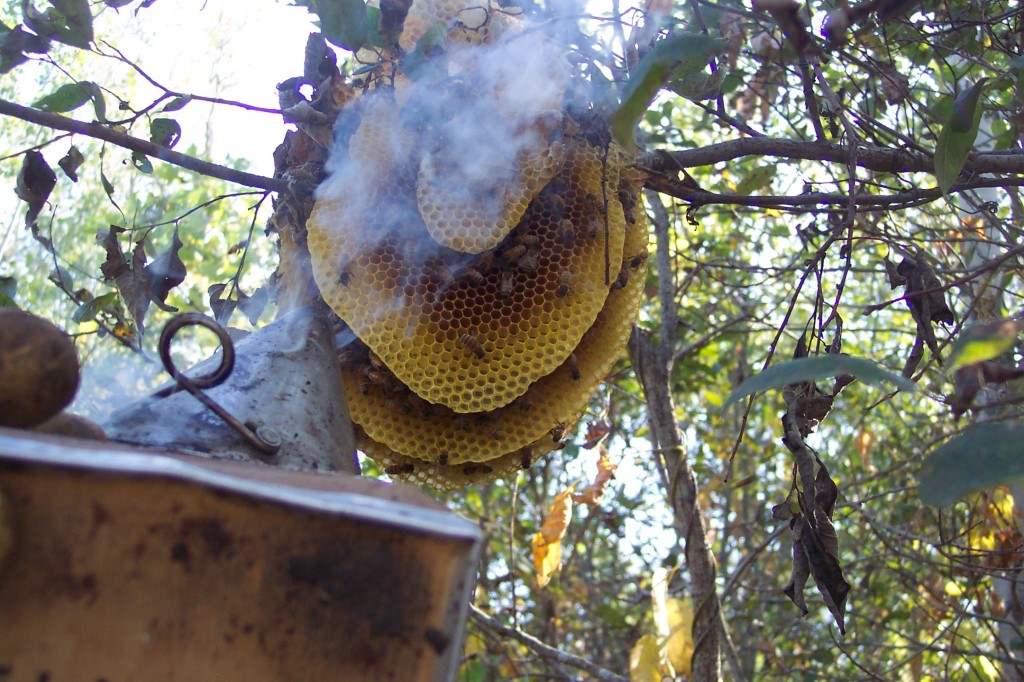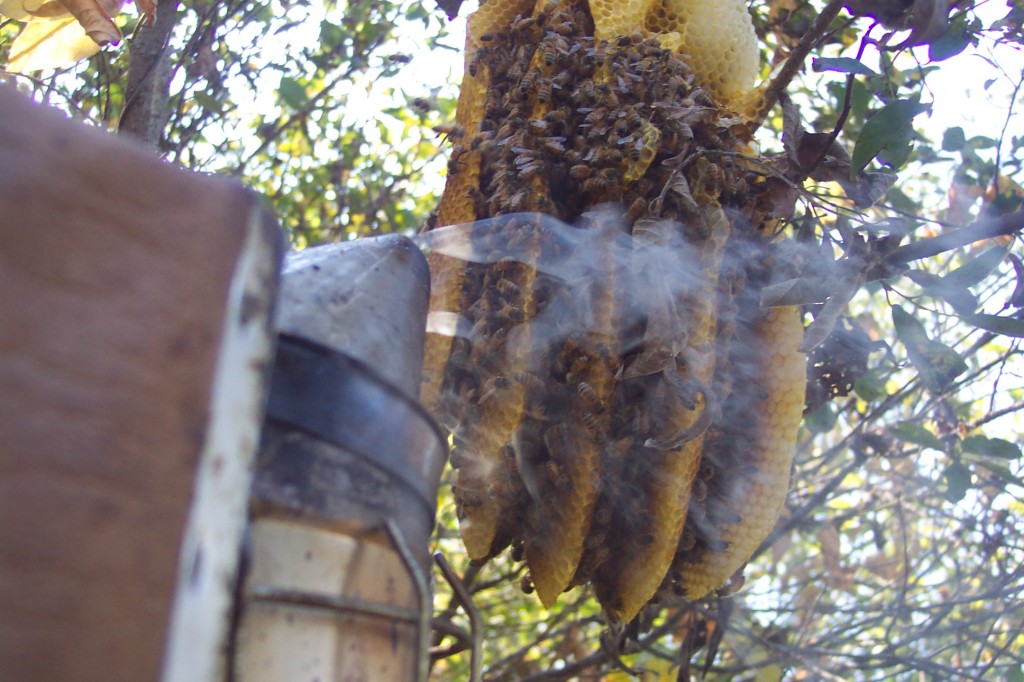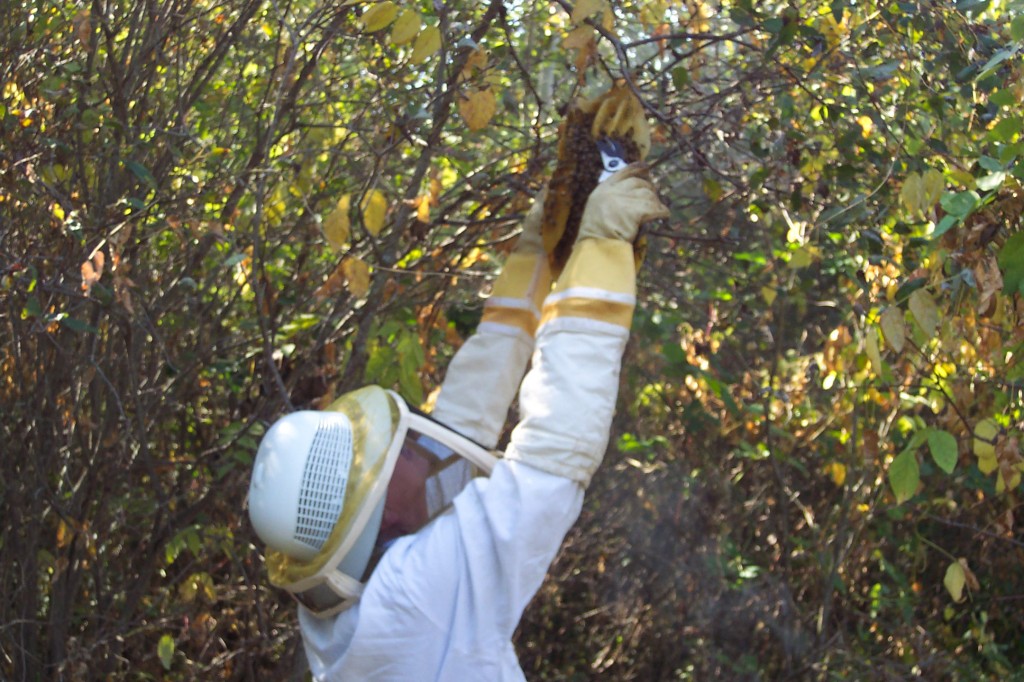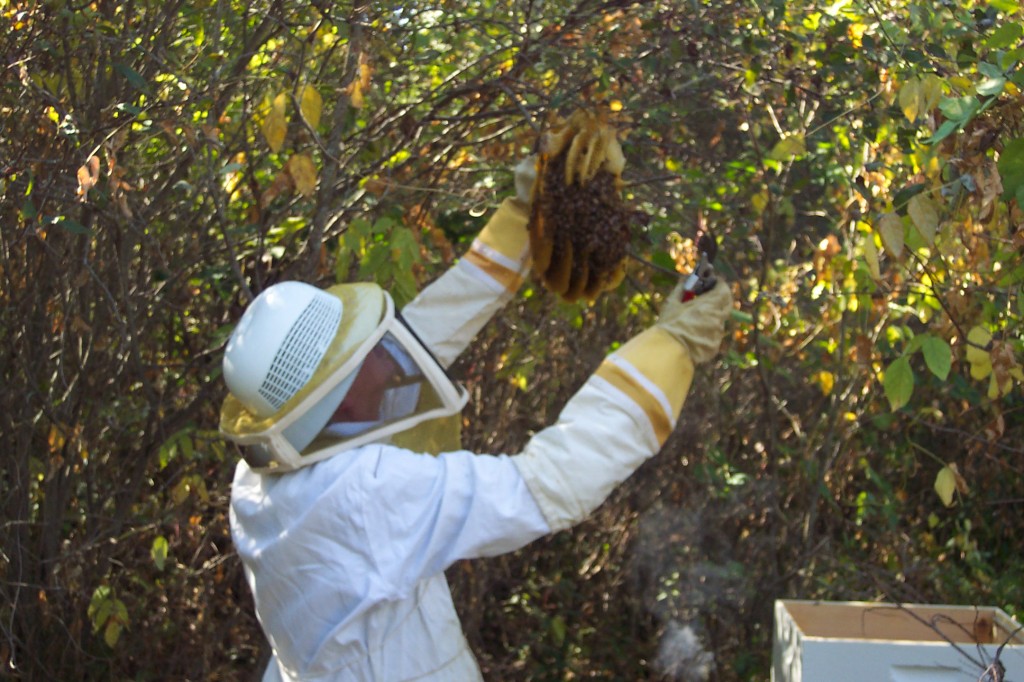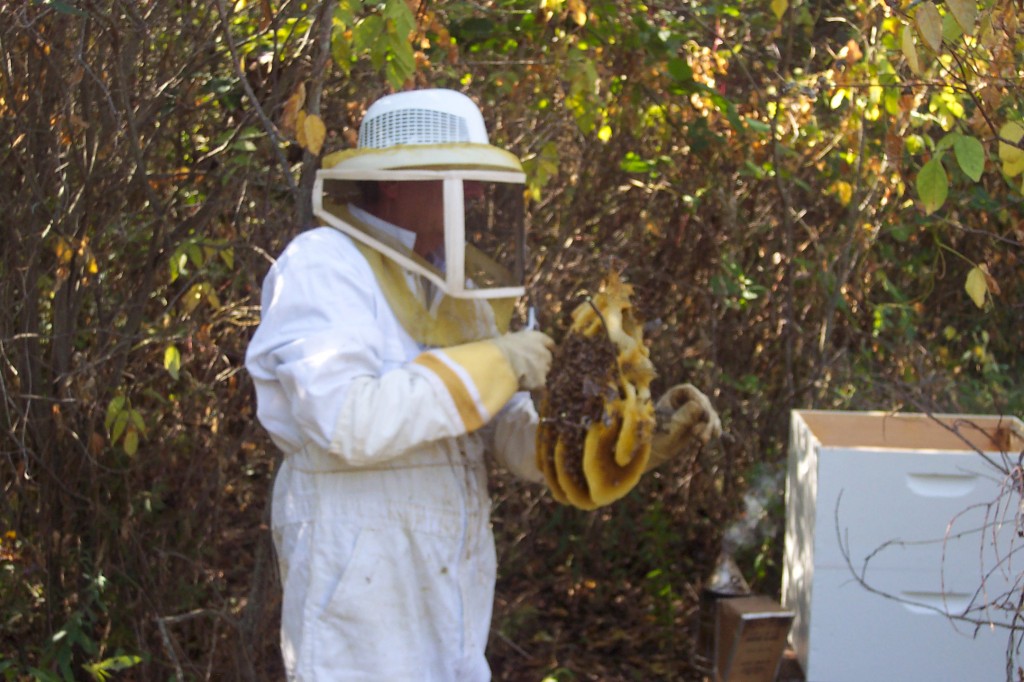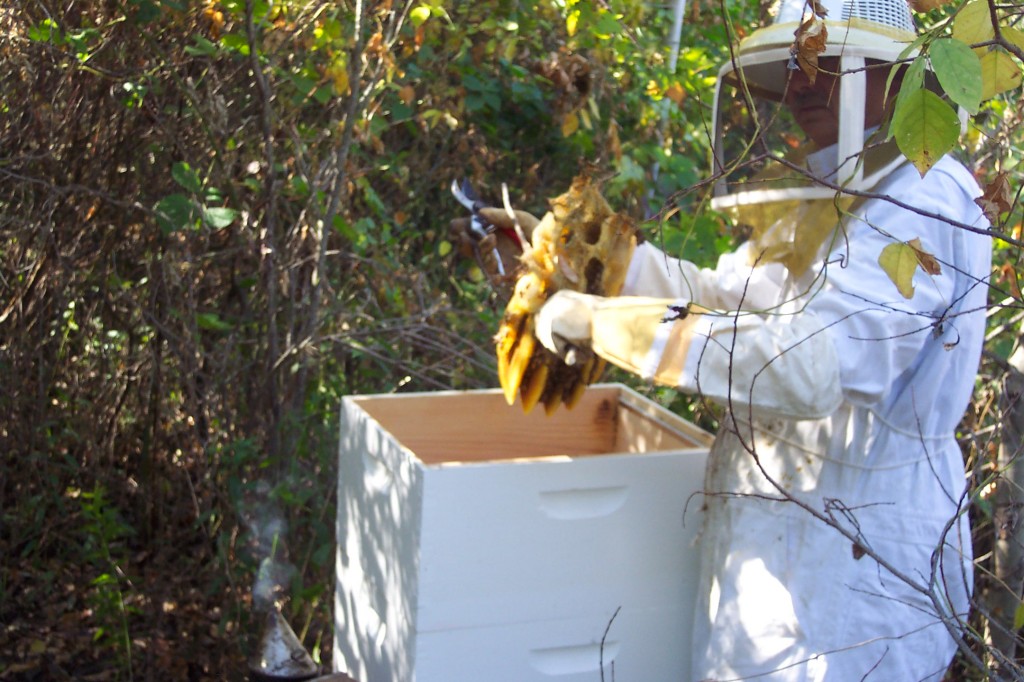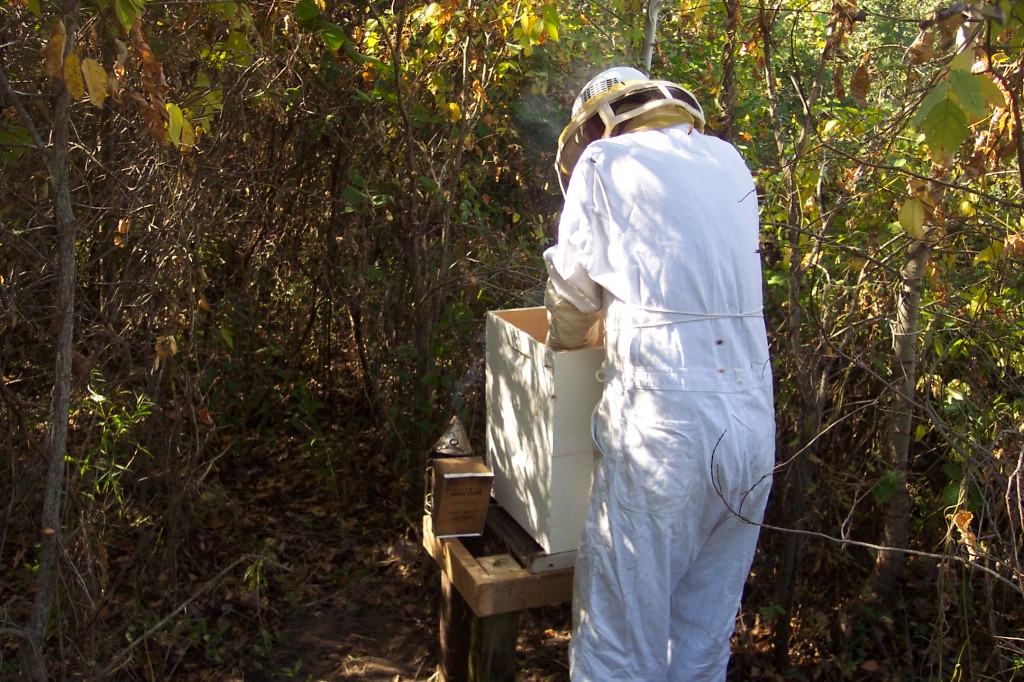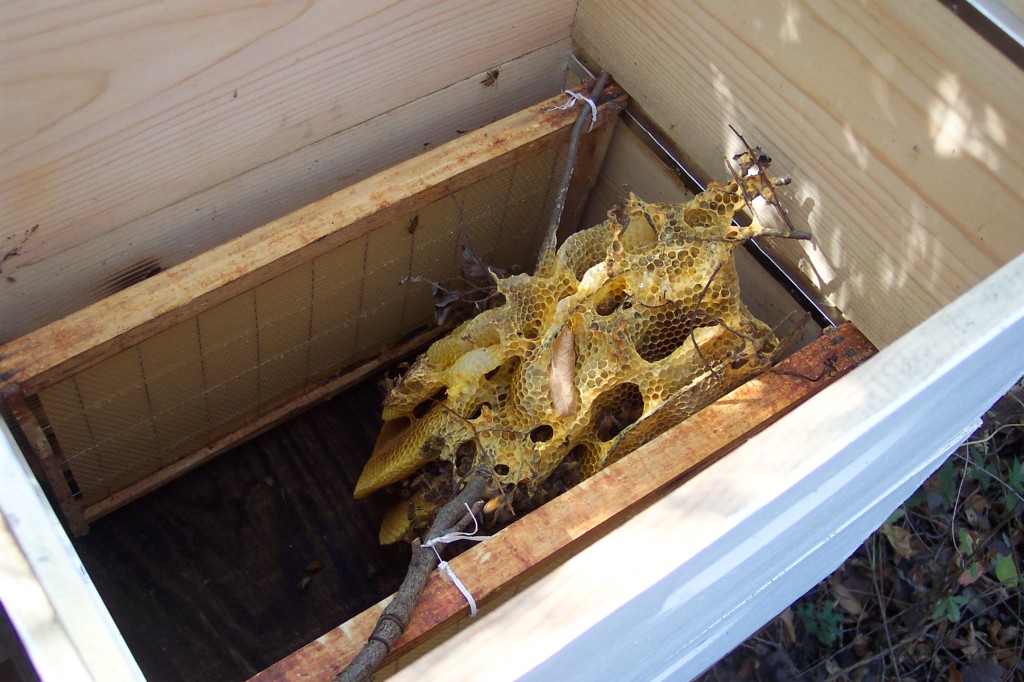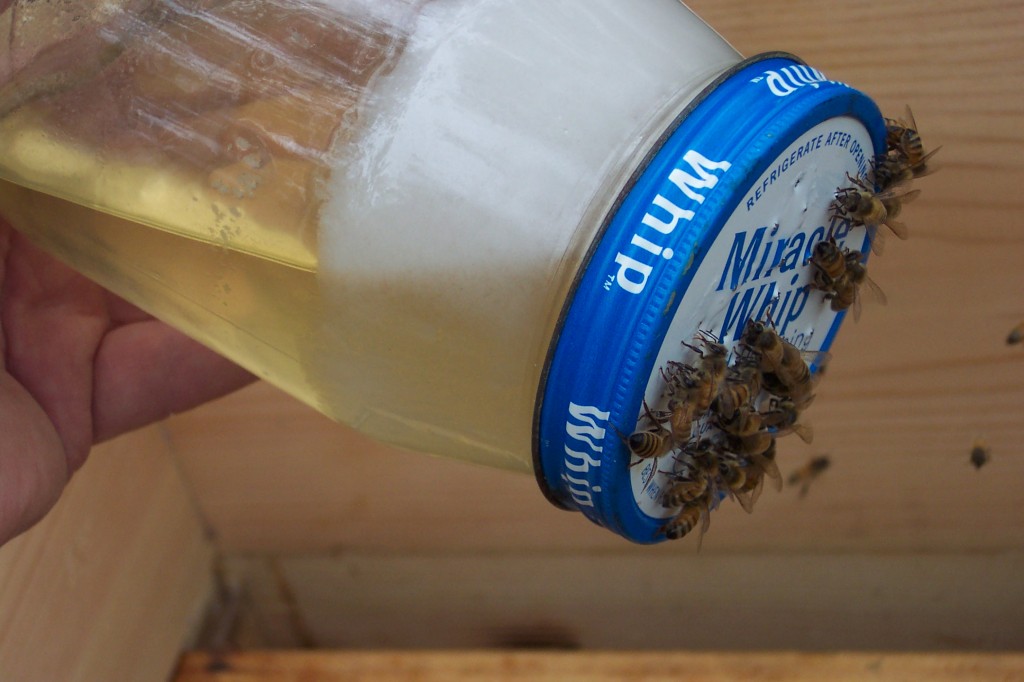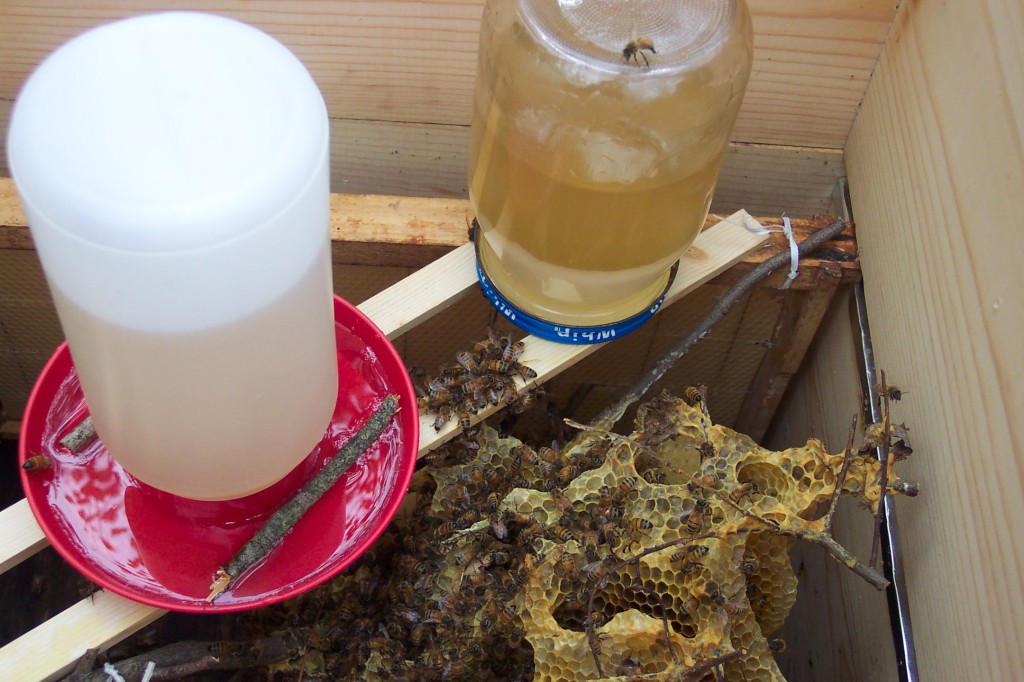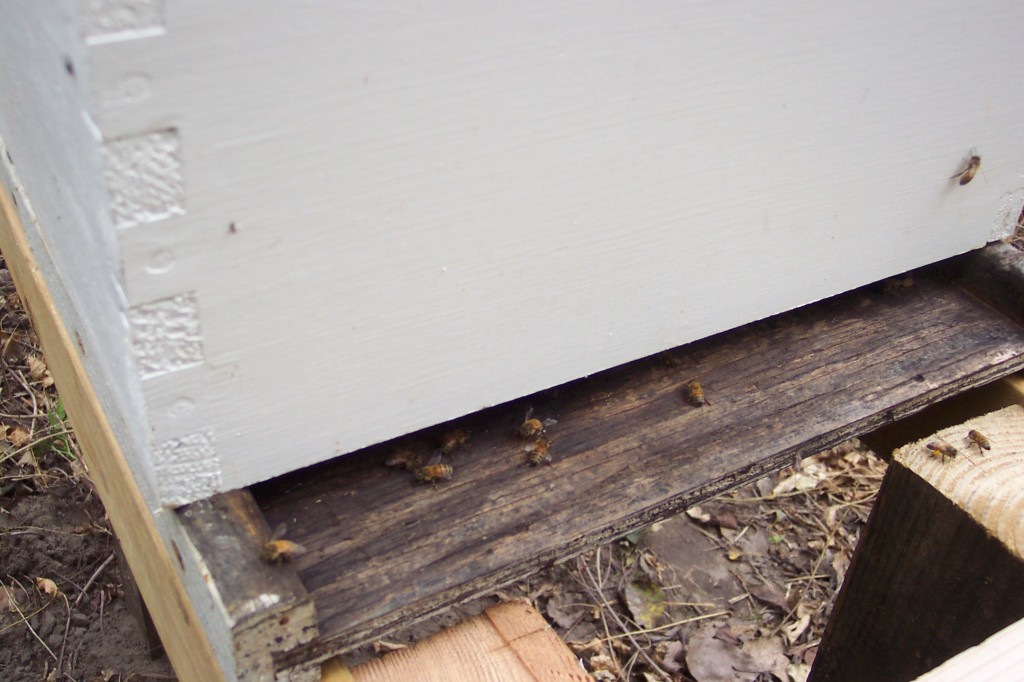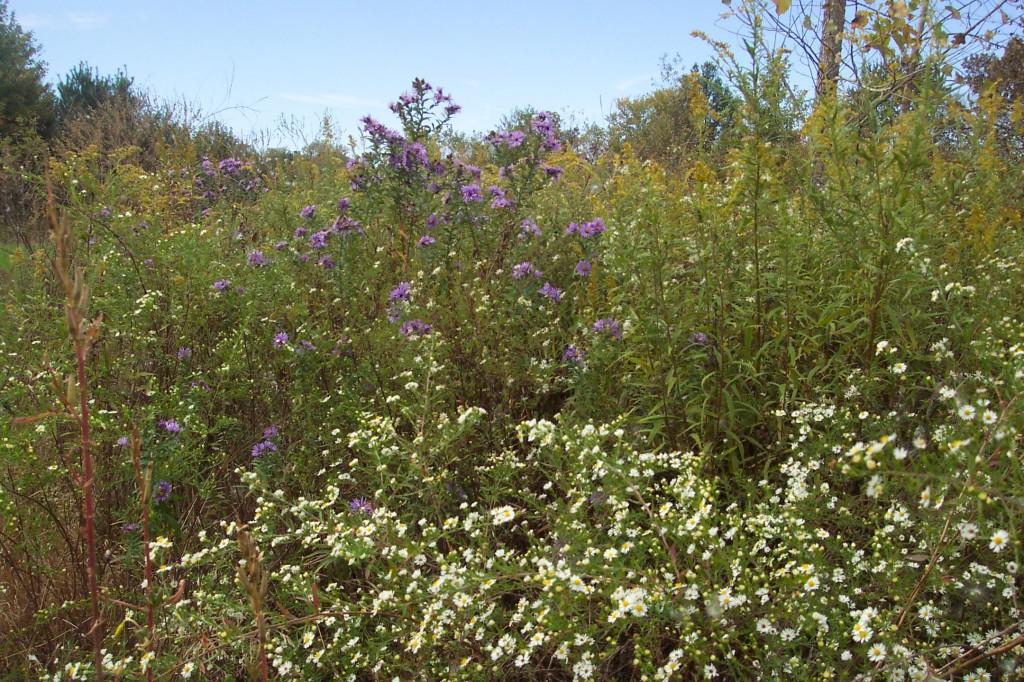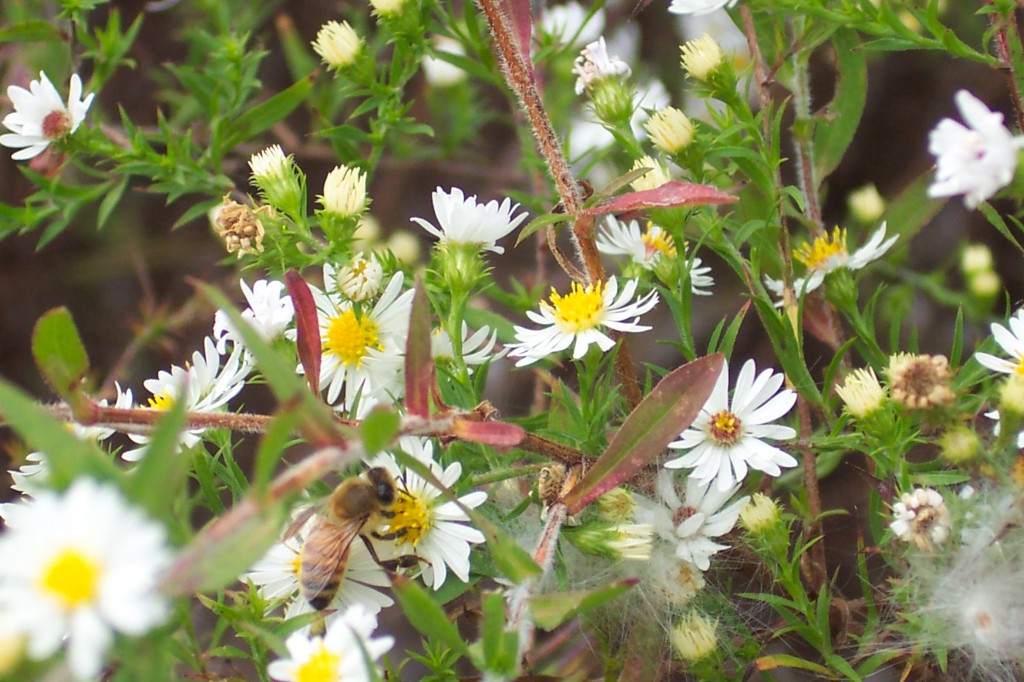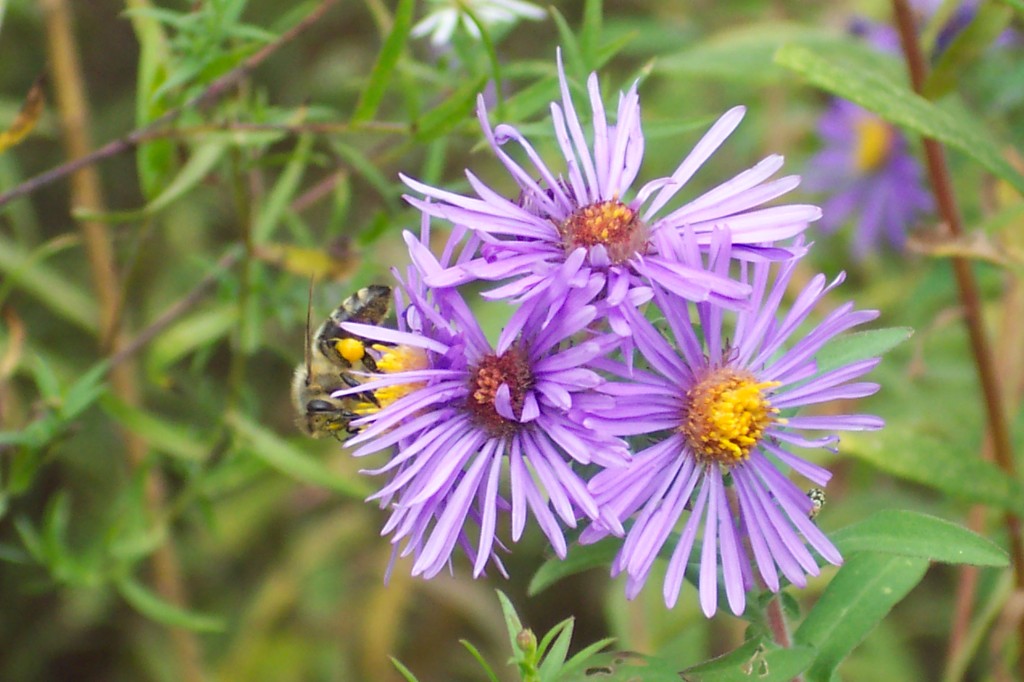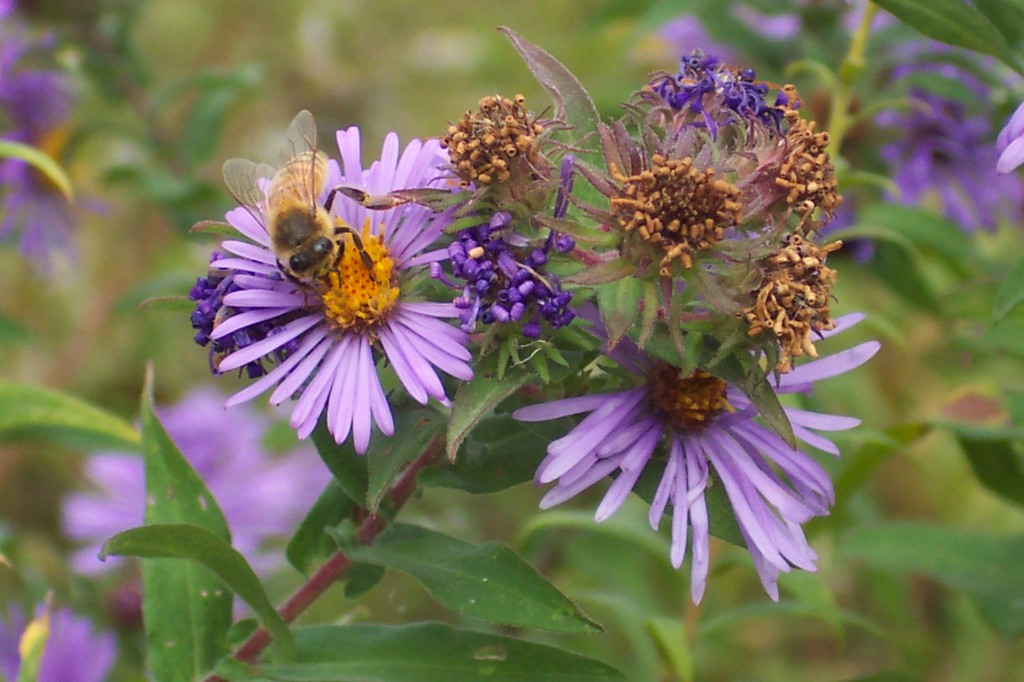Our autumn has been quite pleasant so far but before you know it we’ll be into the winter season. Christmas and New Year’s are always festive but by the time February rolls around, most of us begin to tire of the seemingly endless gray days.
By starting a fun project right now, you can head off some of those late winter doldrums in a small way. Tulips, hyacinths, daffodils, crocus and others can be coaxed into blooming several weeks before their normal flowering season by a process known as “forcing”. Forcing done by large commercial growers is a complex affair following certain standard procedures to ensure maximum profitability. Home gardeners can use similar but much simpler techniques to accomplish the same thing.
The first thing to do is get all of your materials together. You’ll need pots or some kind of container (I like six inch pots), potting mix and of course bulbs. I advise gardeners who have never forced bulbs before to start out using tulips.
Fill your pot with enough soil so that the top of the bulb is nearly level with the top of the pot. Do not compact the soil, leave it loose to encourage quick root formation. Then gently place the tulip bulb onto the soil, again don’t press them down. Finally cover the bulbs with more soil leaving at least 1/4 inch watering space. If you look at a tulip bulb you will see that it has a pointed top, a bottom and one side that is flat. Place the flat side facing outward. By orienting the bulbs this way you will get the best arrangement of leaves and flowers as the plants bloom. Keep the soil moist and do not use any fertilizer.

Your planted bulbs will look something like this. Here I have seven small hyacinths planted into a six inch pot. Usually you can fit five or six tulip bulbs into a pot this size.
Spring flowering bulbs need a cold period of at least 13 weeks in order to bloom properly. So you must find a cold spot to store your pots during that time. The ideal temperature for this cold period is somewhere around 35 to 48 degrees F. Older homes may have an unheated root-cellar, sometimes known as a Michigan Basement, that will provide the needed conditions. Otherwise, a spot in the garage might fit the bill. I have seen gardeners keep their forcing pots in the window-wells next to the outside walls of their house.
If you decide to store your pots outside, you may want to cover them with screen in order to keep out mice and voles that will feed on the bulbs. Keep the soil moist during this period so that you maximize root growth which will in turn maximize blooming.
After the 13 week cold period is over, you can begin bring the pots into the house. Don’t put them in direct sunlight. As they warm up, they will start to grow leaves and begin to flower.

You can utilize the same techniques that were employed to create this indoor winter display at the Matthaei Botantical Gardens.
There is nothing like your own home-grown forced tulips to brighten up those gray days in February and they make great gifts too.
Bob



